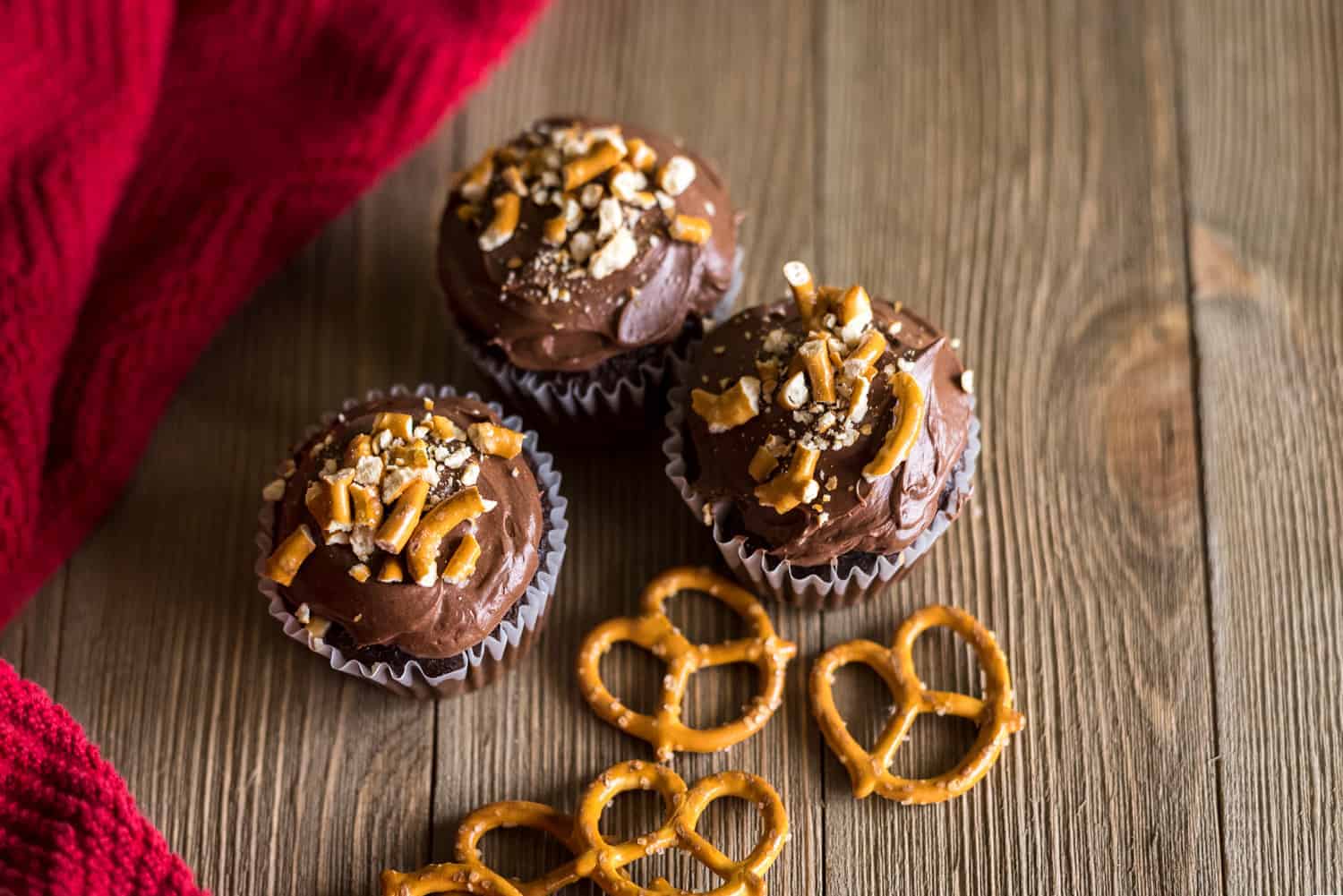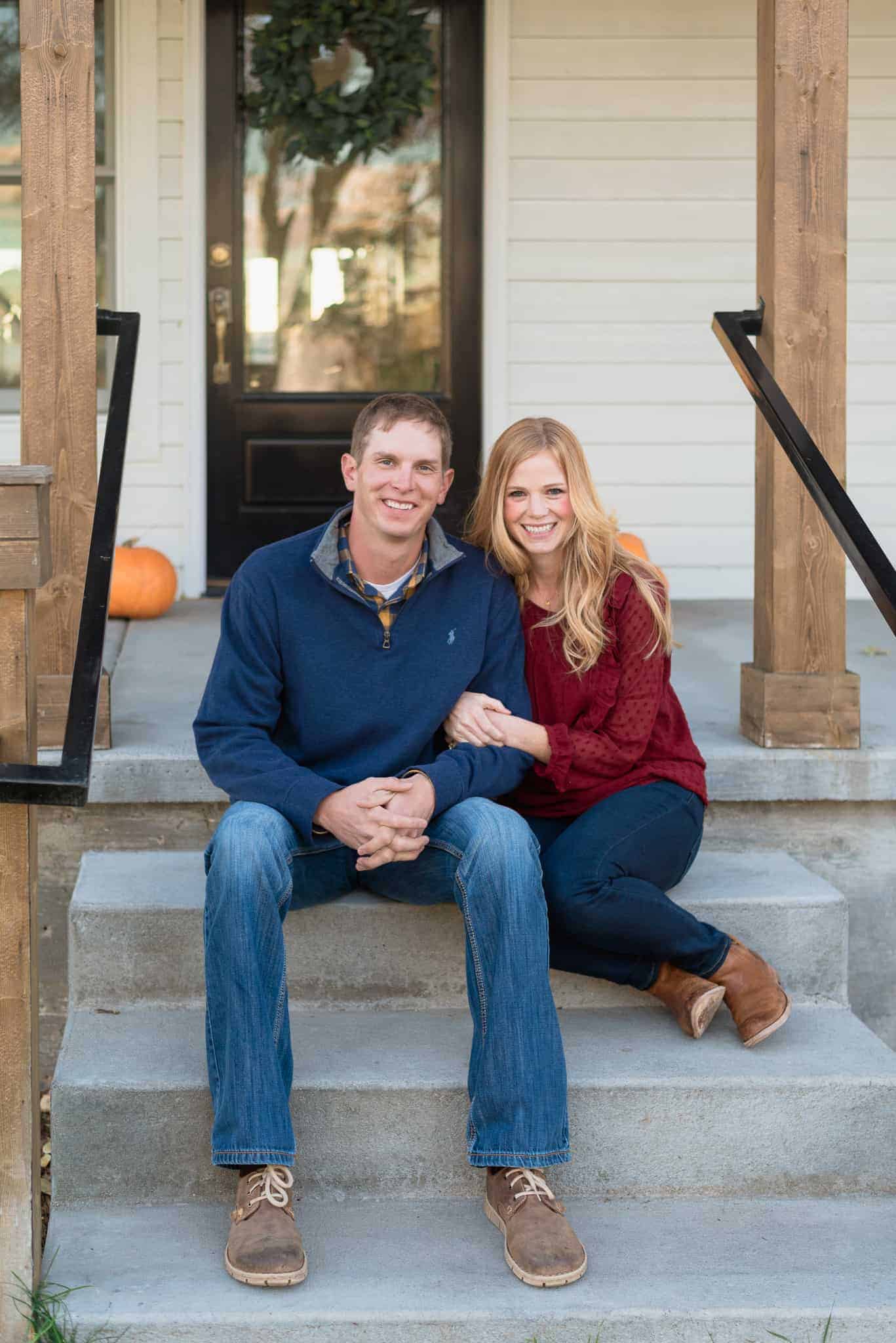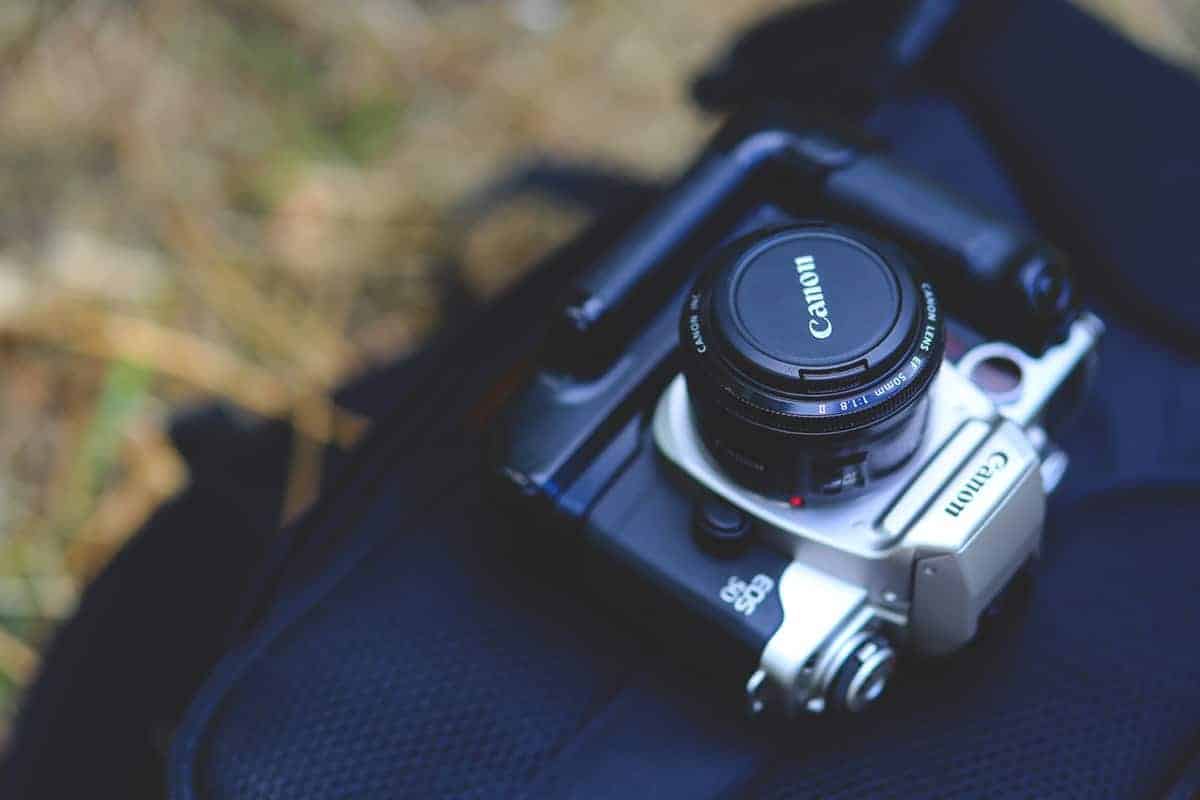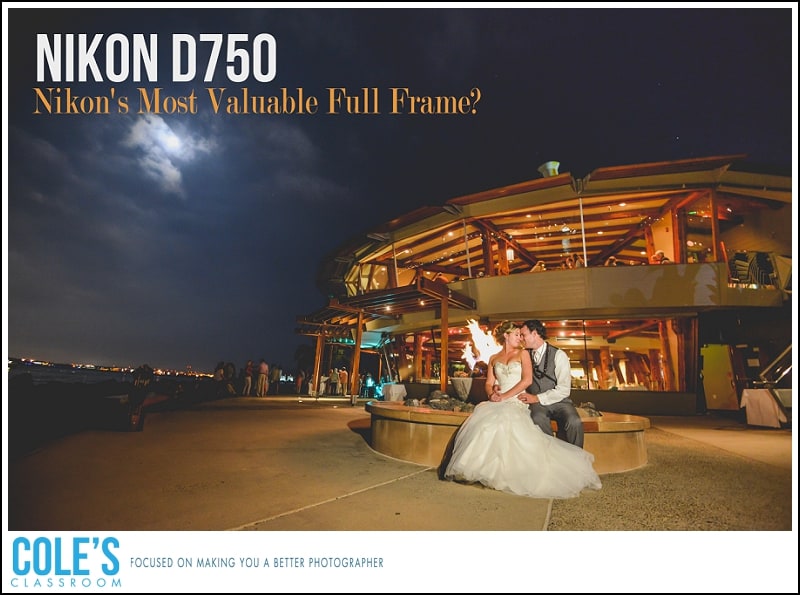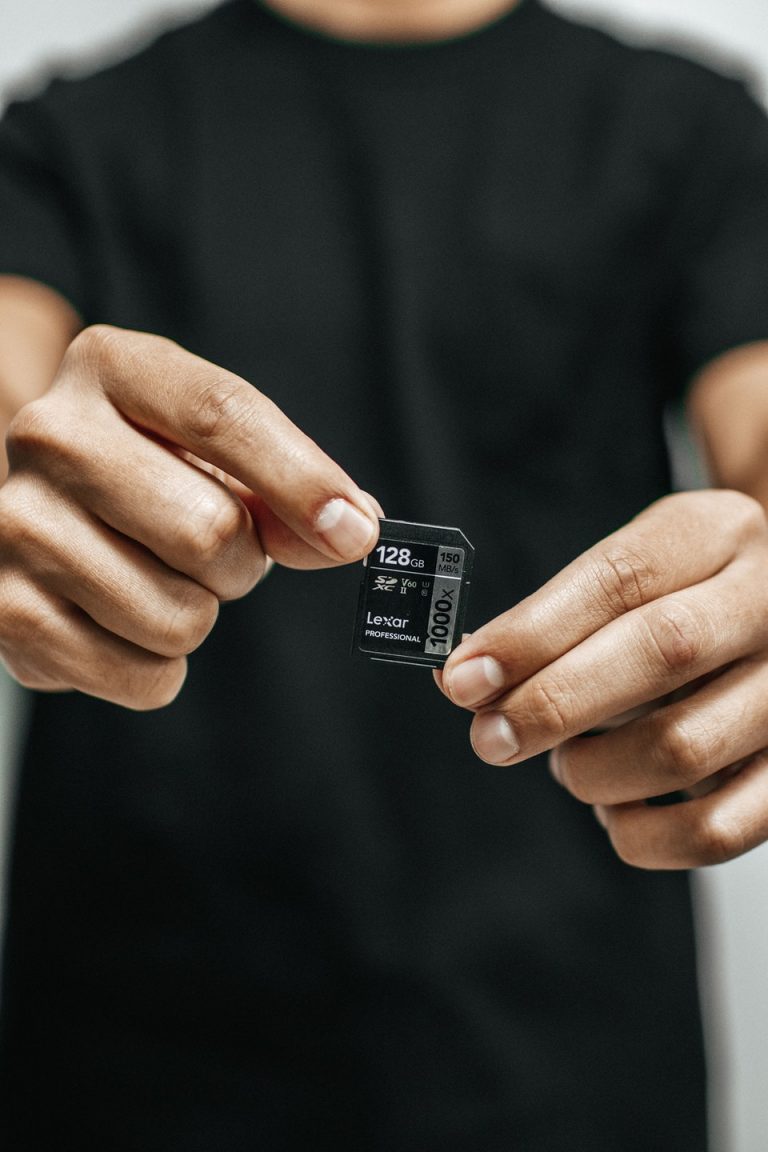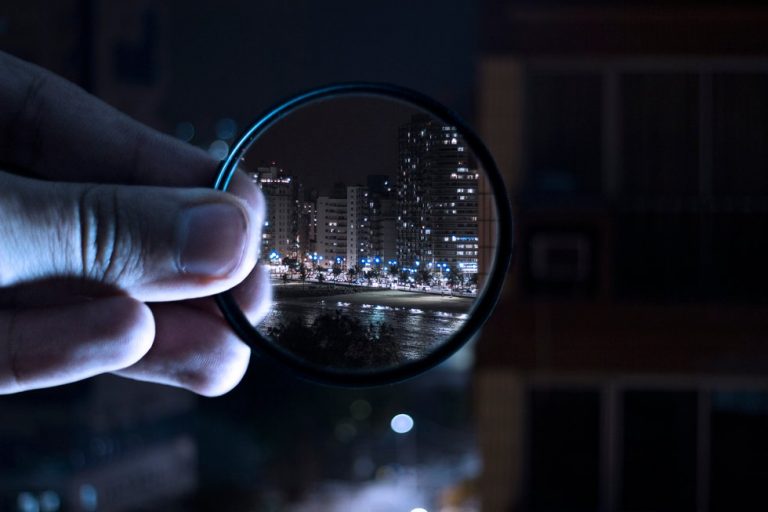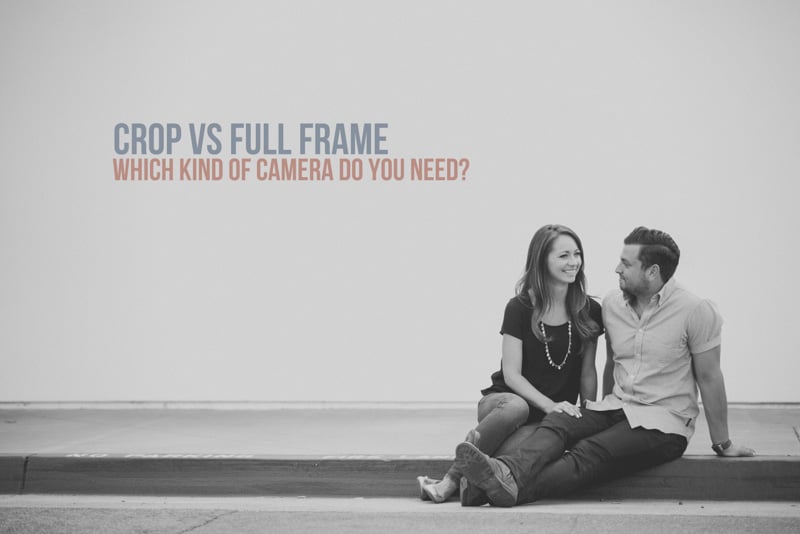What’s so nifty about the fifty? Let’s find out!
It’s inexpensive, easy to use and optically sound. So what’s not to love about a 50mm nifty fifty lens?
In a word, nothing.
There is a reason the 50mm lens is nicknamed the “nifty-fifty.” Learn why this lens is one just about every photographer owns and loves at some point in their career.
 What is a nifty-fifty lens?
What is a nifty-fifty lens?
A nifty fifty lens is any 50mm lens from any lens manufacturer. The most common aperture these lenses are made in is f/1.8, but there are also versions in f/1.4 and f/1.2. You can find a 50mm lens at the price point that fits your shooting style and budget. Obviously, some brands and versions are going to be better than others, but most are great lenses for a small price.
Why do they call the 50 mm lens a nifty-fifty?
Nifty fifty started as a term used to describe 50 popular stocks on the stock exchange in the 1960s and 1970s. Someone in the photography industry started using it to describe a 50 mm lens, and the nickname stuck. But given all it’s positive traits, it’s a nickname well deserved.
What is a nifty-fifty lens used for?
A 50mm lens can be used for just about anything. At 50mm, it makes for a great portrait, street, event or landscape lens. You can also easily switch back and forth between these styles without switching lenses.
Why do I need a nifty-fifty lens?
So here’s what’s so nifty about the 50mm lens:
It’s a great value.
Most 50 mm lenses are inexpensive (when compared to many other focal lengths or fast zooms). The Canon 50mm f/1.8 lens runs about $125. The Nikon and Sony 50mm f/1.8 versions are about $215 and $250, respectively. As you get into the faster apertures like f/1.4, the price goes up some (the Canon 50mm f/1.4 is $350). But that’s still not that expensive when you compare it with other prime lenses or a slower zoom lens that covers the 50mm focal length.
These lenses offer great optics that have stood the test of time. Great optics combined with a low price makes the nifty fifty lens a terrific value for the money.
Versatility.
The 50mm focal length, on a full-frame camera, is long enough for flattering portraits but wide enough for landscapes and events. On a crop-sensor, the lens will function more like a 75 mm or 80mm lens, which is great for portraits. These lenses perform great indoors and outdoors as well.
Speed/low light performance.
Even the slowest f/1.8 50mm lens is fast. The nifty-fifty performs well in low light. A 50mm f/1.8 lens is not only faster than a variable aperture kit lens at f/3.5-5.6, it’s faster than the fastest shorter focal length zooms like the 24-70 f/2.8 lenses. So it’s a great lens to use inside when the light just isn’t there for you.
Small and lightweight.
The nifty fifty lens weighs next to nothing. Canon’s version, for example, weighs less than 6 ounces. It’s small, compact and fits neatly in nook or cranny in your camera bag. This is a lens you can shoot and carry all day and never feel the strain of it. You’re also less visible than if you’re toting around a giant zoom.
Shallow depth of field.
Bokeh lovers, rejoice! Even the slowest apertures of f/1.8 are wide enough to throw backgrounds into creamy blurriness and give you that lovely bokeh orb.
Image quality.
The lens manufacturers have it dialed in when it comes to making 50mm lenses. The image quality is outstanding. If you’re upgrading from a kit lens, you’ll see an immediate difference in the quality of your images. The 50mm is sharper and has better clarity and contrast than a kit lens.
The nifty fifty lens is a great teacher.
If you’ve been shooting a variable aperture kit lens and are ready to add another lens to your kit, the nifty fifty should be on your list. There are all the reasons I mentioned above, but there’s also one more…it’s a great teacher.
Zoom with your feet
Many of us learn photography with a zoom lens. We get into the habit of relying on that zoom to compose photos or frame our shots. The 50mm however, doesn’t zoom. It’s a prime lens, meaning it has a fixed focal length. So you’ll need to move your feet. It forces you to be more creative in your composition and make better use of the space and your shooting area.
Prime vs. Zoom – which is right for you? Read this!
Learn to maximize bokeh?
The 50mm lens also introduces new photographers to shooting with wider apertures. A lot of photographers rave about shooting “wide-open.” That means shooting a lens at its maximum aperture. This technique gives you a very shallow depth-of-field and turns noisy backgrounds into creamy prettiness if done correctly. But there’s more to bokeh than the size of your lens. It’s a matter of maximizing the distance between you and your subject and the subject and the background. The nifty fifty lens helps teach you these concepts, in my opinion, because you can’t just shoot f/1.2 immediately.
Bigger isn’t always better
You’ll quickly learn if shooting a super-wide aperture matches your overall shooting style and aesthetic. For instance…I’m the kind of photographer that rarely shoots wide open. I prefer to close down my aperture and get more of my image in focus for portraits. Not only is it more forgiving when it comes to nailing focus, but I also prefer my portraits to have more sharpness from front to back. I also shoot a lot of families and groups, so I routinely shoot at apertures like f/4, f/5.6, and f/8. A super-fast prime, like the 35 mm f/1.2 doesn’t really do me much good…I’d be spending more money for apertures I won’t ever really use.
Getting sharp images and nailing composition at wide apertures takes some practice, though. You can get that practice and hone your technique with the value 50mm lens and become a better photographer for it.
Nifty fifty vs. 35 mm
You might be on the fence between the 50mm lens and a 35 mm lens. Both are great lenses and are widely used and loved. In general, the 35mm gives you a wider field of view but also comes with more distortion. The 35mm is great for getting close to the action or pulling in lots of the environment and details in your shot. The 50mm, on the other hand, is a more flattering focal length for portraits but can be unwieldy in tight spaces like indoors or in crowds outdoors, especially on a crop-sensor camera.
Read our full 35mm vs. 50mm review here!
50 mm vs. 85 mm
You might also be on the fence between the 50mm lens and an 85mm lens. Again, both are great lenses. The 85mm lens is a really flattering portrait lens that has great compression, even more so than the 50mm. But it’s unwieldy in tight spaces and the length often forces you to be too far from your subjects for comfort, especially if you’re trying to capture more of the environment.
In general, the 85 mm is more useful if you shoot a lot of individual or small group portraits. The nifty fifty, however, is more versatile overall and gives you more flexibility shooting in tight spaces.
Want more info on an 85mm lens? Read our tutorial!
[ad id=’4′]
But the 50 mm lens isn’t perfect
There are loads of 50mm lens fan boys in the photography world. But it’s not perfect. The nifty fifty isn’t the above-all, end-all of lenses. It doesn’t have godlike qualities nor will it instantly make you a better photographer.
You may shoot with the nifty fifty for a while and realize it’s not exactly your style. You can prefer how much more of the environment you can incorporate into your shots with a 35 mm lens. Or you love a tighter portrait and prefer to step up to an 85mm, 135mm or even a 70-200mm lens for portraits.
That’s okay.
You can hate the 50mm lens. It’s not wide enough for some people and not telephoto enough for others.
Personally, my favorite lens is my 100mm f/2.8 macro lens. I use it for the majority of my work, even families and groups because I shoot outside a lot and have the flexibility to get way back. But I honed my style using the 50 mm lens. It’s often still in my bag most days when I’m headed out in the field because it’s versatile and small. It’s also the lens I’ll throw on my camera for a day of traveling light.
As your technique improves and you hone in on your style, it’s okay to outgrow a lens. You should find a lens that helps tell your photography story and capture the world as you see it. If you already know your shooting style and know 50mm isn’t where it’s at for you, move on and find the lens you want and need.
Your next lens?
If you are just getting started in photography and are ready to move beyond the kit lens, I recommend adding the nifty fifty to your kit next. In fact, when someone tells me they want to get into photography, I recommend they skip the kit lens altogether and start with a 50mm lens straight away.
The nifty fifty lens offers amazing value, versatility and will help you improve your technique. There’s not much not to love about this little gem of a lens. If you’re in the market to upgrade or are looking for a great one-and-done lens to keep on your camera, give the 50mm lens a look. You’ll love how nifty a fifty can be!




